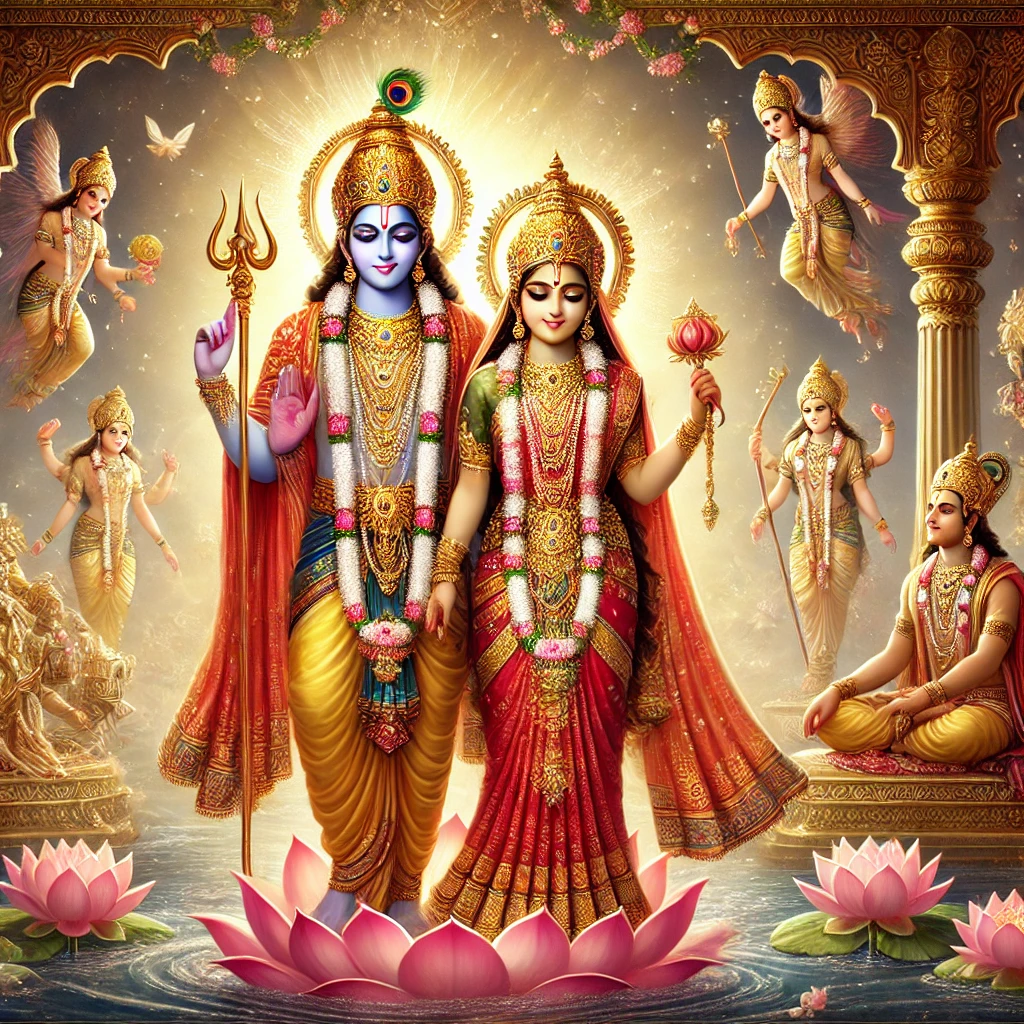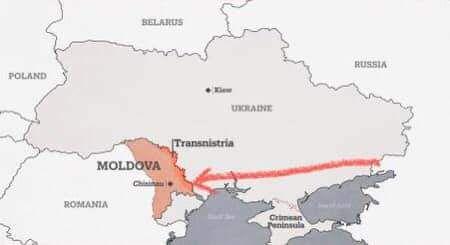Here's a detailed summary of FM .@nsitharaman Ji's statements and announcements in
#InterimBudget2024:
**Economic Transformation and Priorities:**
- Bharat's Economy witnessed transformation, with a focus on future development.
- Structural reforms were undertaken, along with pro-people initiatives, instilling a new sense of purpose in the country.
- The government addressed worries about food by providing free rations for 80 crore people.
- Real income in rural areas was enhanced, and systemic inequalities are being addressed.
- Priorities include the welfare of Garib, Mahila, Annadata, and Yuva.
**Government Initiatives and Achievements:**
- The government assisted 25 Crore people in escaping multi-dimensional poverty over the last ten years.
- 78 Lakh street vendors benefited from PM Swanidhi.
- Direct Benefit Transfer of ₹34 Lakh Crore was facilitated through PM Jan Dhan Account, resulting in ₹2.7 Lakh Crore savings for the government.
- 1051 Mandis have been connected, transacting ₹2 Lakh Crore.
- The National Education Policy and Skill India initiatives are driving transformational reforms.
- 30 Crore Mudra Yojna Loans were disbursed to women entrepreneurs.
- Increased participation of women in the workforce is evident.
- Modi Sarkar connected 70% of rural houses under PM Awas Yojana to women as sole owners.
- Investments are robust, the economy is performing well, and inflation is moderate.
- Record-building of physical, digital, and social infrastructure is underway.
**New Initiatives and Plans:**
- Introduction of Gift IFSC to create a robust gateway for global capital and financial services.
- Establishment of Bharat-Middle East-Europe corridor for strategic development.
- Plans to double seafood exports and set up more medical colleges.
- Focus on promoting public and private investment in post-harvest activities and achieving Atmanirbharata in oil seeds.
- Rollout of U-Win platform for managing vaccination nationwide.
**Future Outlook and Targets:**
- Next five years are projected to be years of unprecedented development.
- Rooftop Solarisation to benefit 1 Crore households with 300 units of free electricity monthly.
- Close to achieving the target of 3 crore houses under PM Awaas Yojana Grameen.
- Launching a scheme for middle-class housing.
- Roadmap for Viksit Bharat to be presented in the full budget in July.
- Revised fiscal deficit at 5.8% of GDP for FY 23-24, aiming for 5.1% for FY 24-25.
**Taxation and Fiscal Policies:**
- No proposed changes to taxation, both direct and indirect.
- Proposal to withdraw direct tax demand up to ₹25,000 for years up to FY2009-10 and up to ₹10,000 from FY 2010-11 onwards.
- No changes to income tax slabs.
- Revised total expenditure for FY24 at ₹44.90 Lakh Crore.
- Formation of a high-powered committee to address concerns of fast population growth and demographic change.
**Miscellaneous Updates:**
- Focus on improving taxpayer services and reducing GST compliance burden.
- Enhanced focus on EV ecosystem, bio manufacturing, and tourism sectors.
- FDI inflow doubled since 2014, negotiating bilateral treaties for foreign investments.
This detailed summary encapsulates the key points and initiatives announced during FM .@nsitharaman Ji's speech in the
#InterimBudget2024, showcasing the government's vision and plans for the economy.
Here's a detailed summary of FM .@nsitharaman Ji's statements and announcements in #InterimBudget2024:
**Economic Transformation and Priorities:**
- Bharat's Economy witnessed transformation, with a focus on future development.
- Structural reforms were undertaken, along with pro-people initiatives, instilling a new sense of purpose in the country.
- The government addressed worries about food by providing free rations for 80 crore people.
- Real income in rural areas was enhanced, and systemic inequalities are being addressed.
- Priorities include the welfare of Garib, Mahila, Annadata, and Yuva.
**Government Initiatives and Achievements:**
- The government assisted 25 Crore people in escaping multi-dimensional poverty over the last ten years.
- 78 Lakh street vendors benefited from PM Swanidhi.
- Direct Benefit Transfer of ₹34 Lakh Crore was facilitated through PM Jan Dhan Account, resulting in ₹2.7 Lakh Crore savings for the government.
- 1051 Mandis have been connected, transacting ₹2 Lakh Crore.
- The National Education Policy and Skill India initiatives are driving transformational reforms.
- 30 Crore Mudra Yojna Loans were disbursed to women entrepreneurs.
- Increased participation of women in the workforce is evident.
- Modi Sarkar connected 70% of rural houses under PM Awas Yojana to women as sole owners.
- Investments are robust, the economy is performing well, and inflation is moderate.
- Record-building of physical, digital, and social infrastructure is underway.
**New Initiatives and Plans:**
- Introduction of Gift IFSC to create a robust gateway for global capital and financial services.
- Establishment of Bharat-Middle East-Europe corridor for strategic development.
- Plans to double seafood exports and set up more medical colleges.
- Focus on promoting public and private investment in post-harvest activities and achieving Atmanirbharata in oil seeds.
- Rollout of U-Win platform for managing vaccination nationwide.
**Future Outlook and Targets:**
- Next five years are projected to be years of unprecedented development.
- Rooftop Solarisation to benefit 1 Crore households with 300 units of free electricity monthly.
- Close to achieving the target of 3 crore houses under PM Awaas Yojana Grameen.
- Launching a scheme for middle-class housing.
- Roadmap for Viksit Bharat to be presented in the full budget in July.
- Revised fiscal deficit at 5.8% of GDP for FY 23-24, aiming for 5.1% for FY 24-25.
**Taxation and Fiscal Policies:**
- No proposed changes to taxation, both direct and indirect.
- Proposal to withdraw direct tax demand up to ₹25,000 for years up to FY2009-10 and up to ₹10,000 from FY 2010-11 onwards.
- No changes to income tax slabs.
- Revised total expenditure for FY24 at ₹44.90 Lakh Crore.
- Formation of a high-powered committee to address concerns of fast population growth and demographic change.
**Miscellaneous Updates:**
- Focus on improving taxpayer services and reducing GST compliance burden.
- Enhanced focus on EV ecosystem, bio manufacturing, and tourism sectors.
- FDI inflow doubled since 2014, negotiating bilateral treaties for foreign investments.
This detailed summary encapsulates the key points and initiatives announced during FM .@nsitharaman Ji's speech in the #InterimBudget2024, showcasing the government's vision and plans for the economy.







